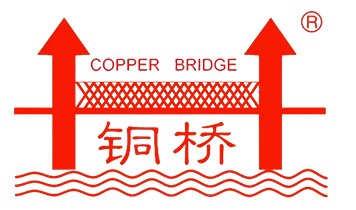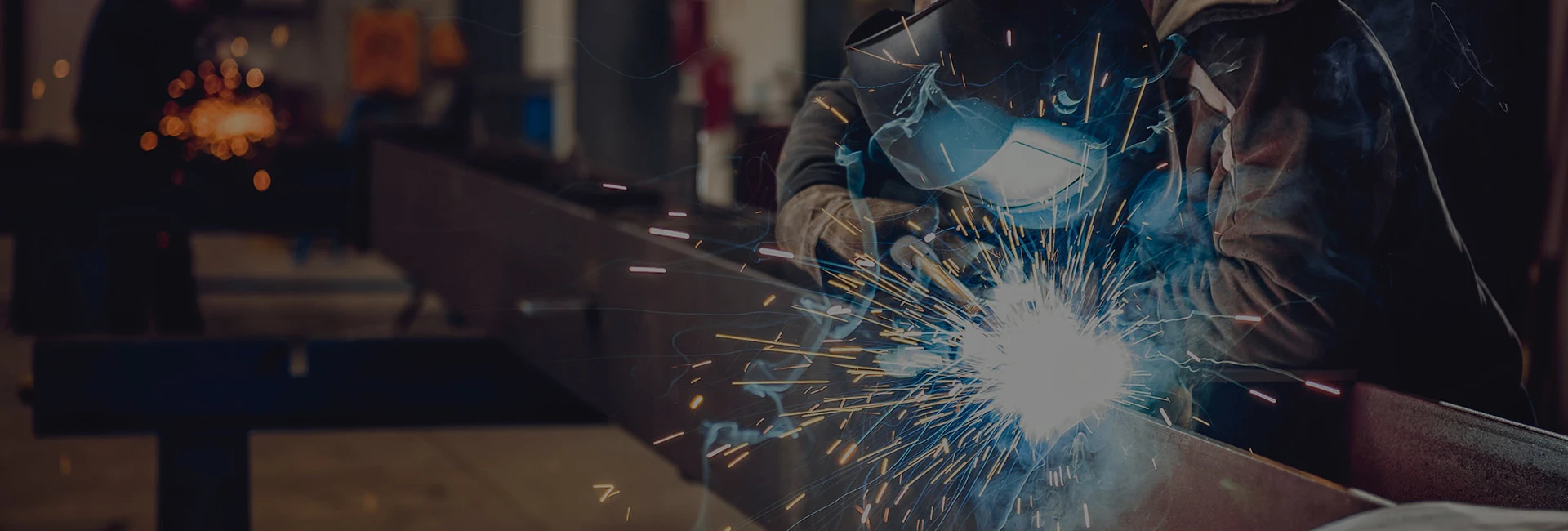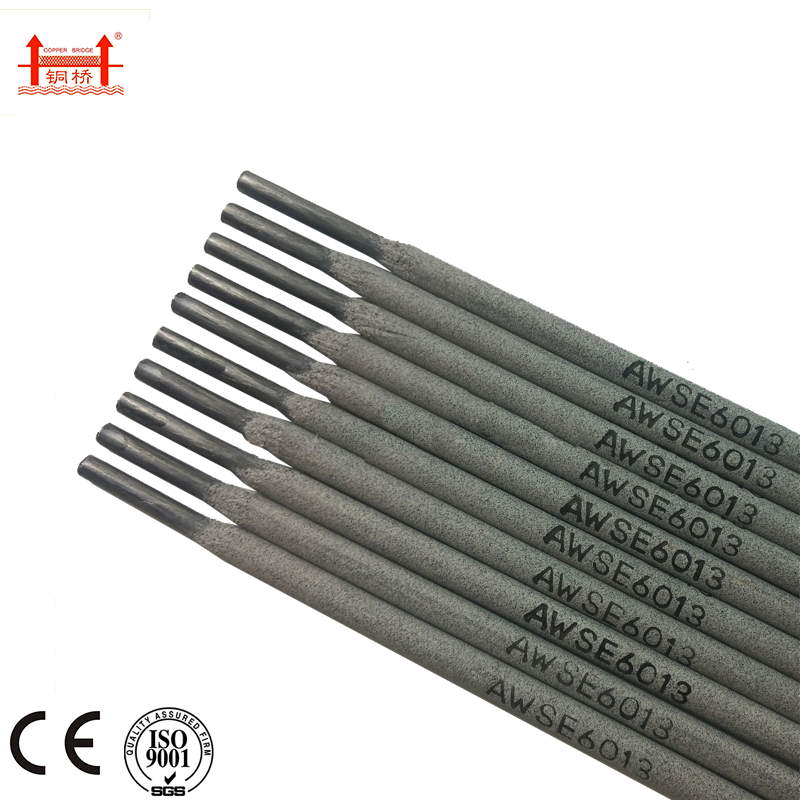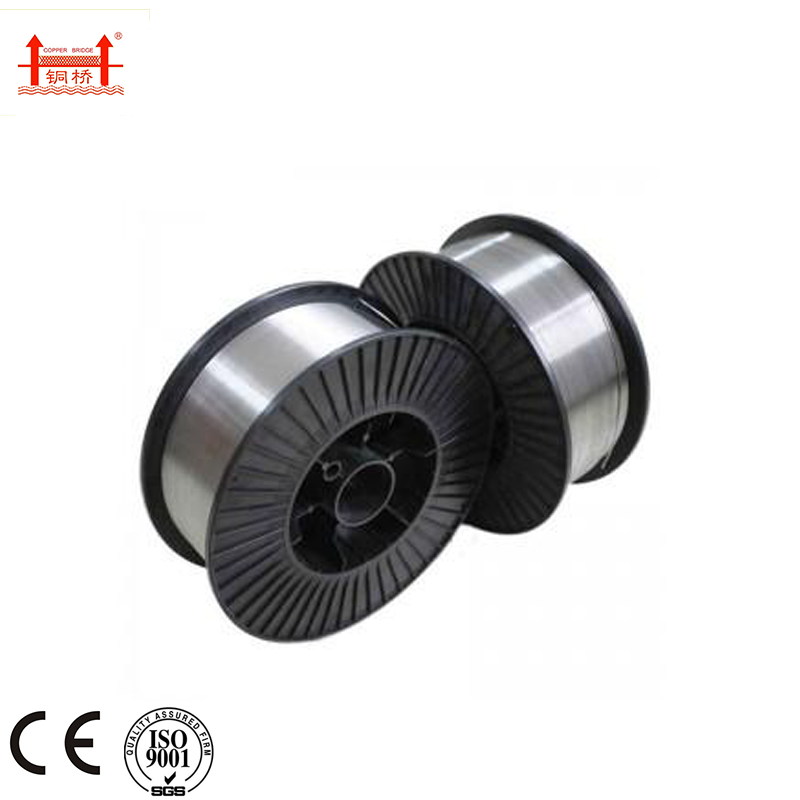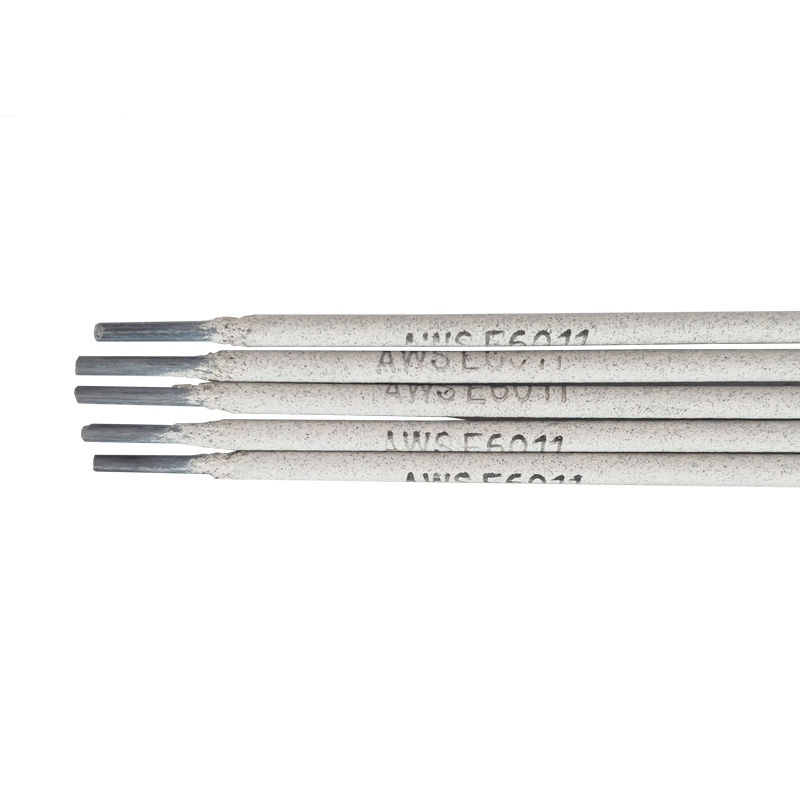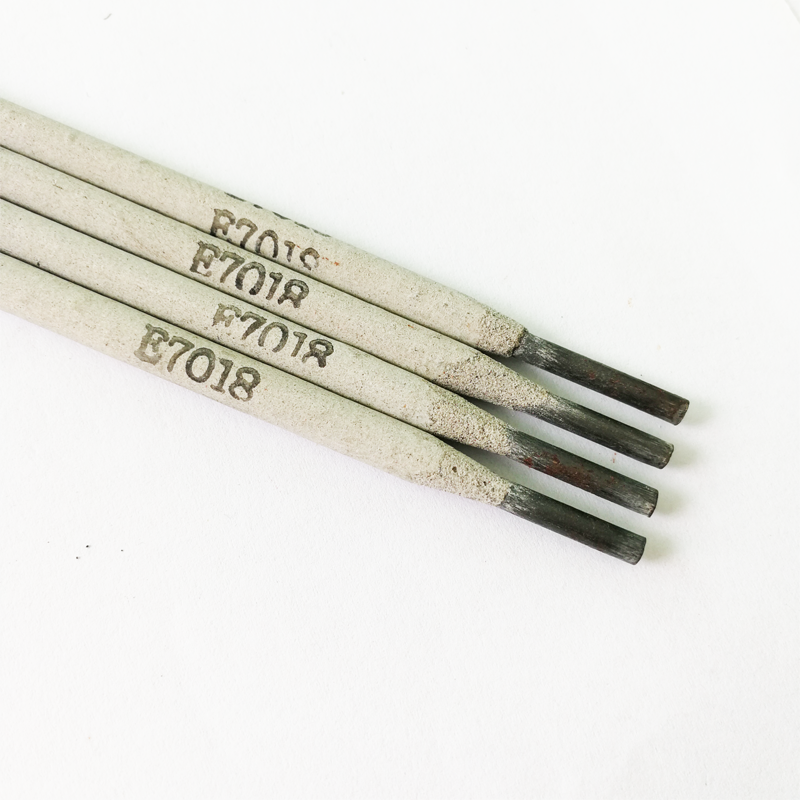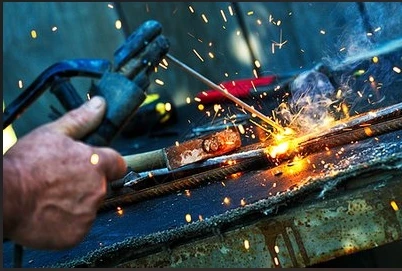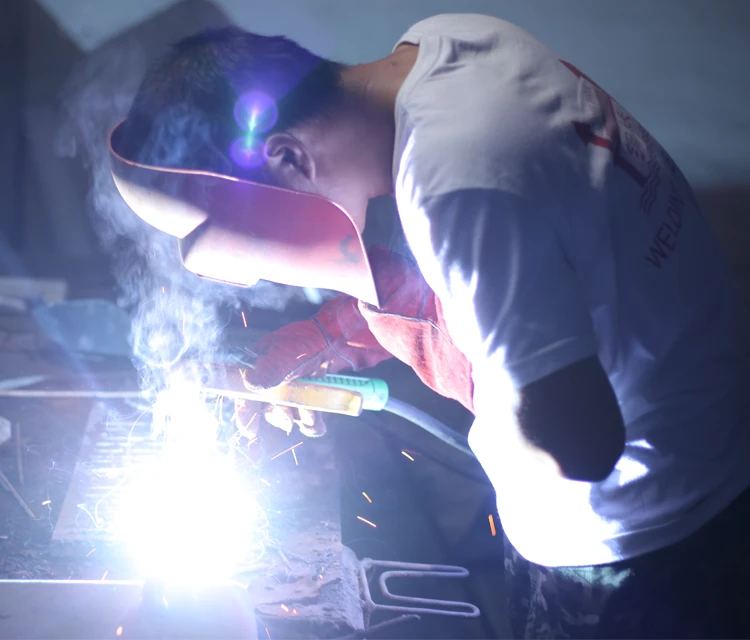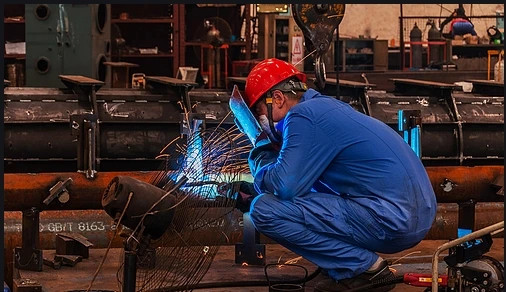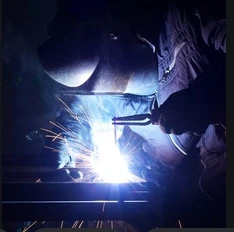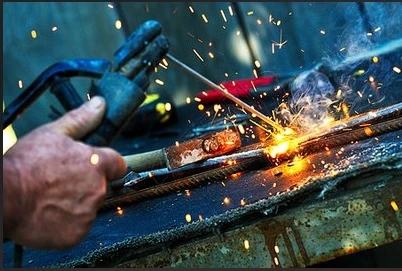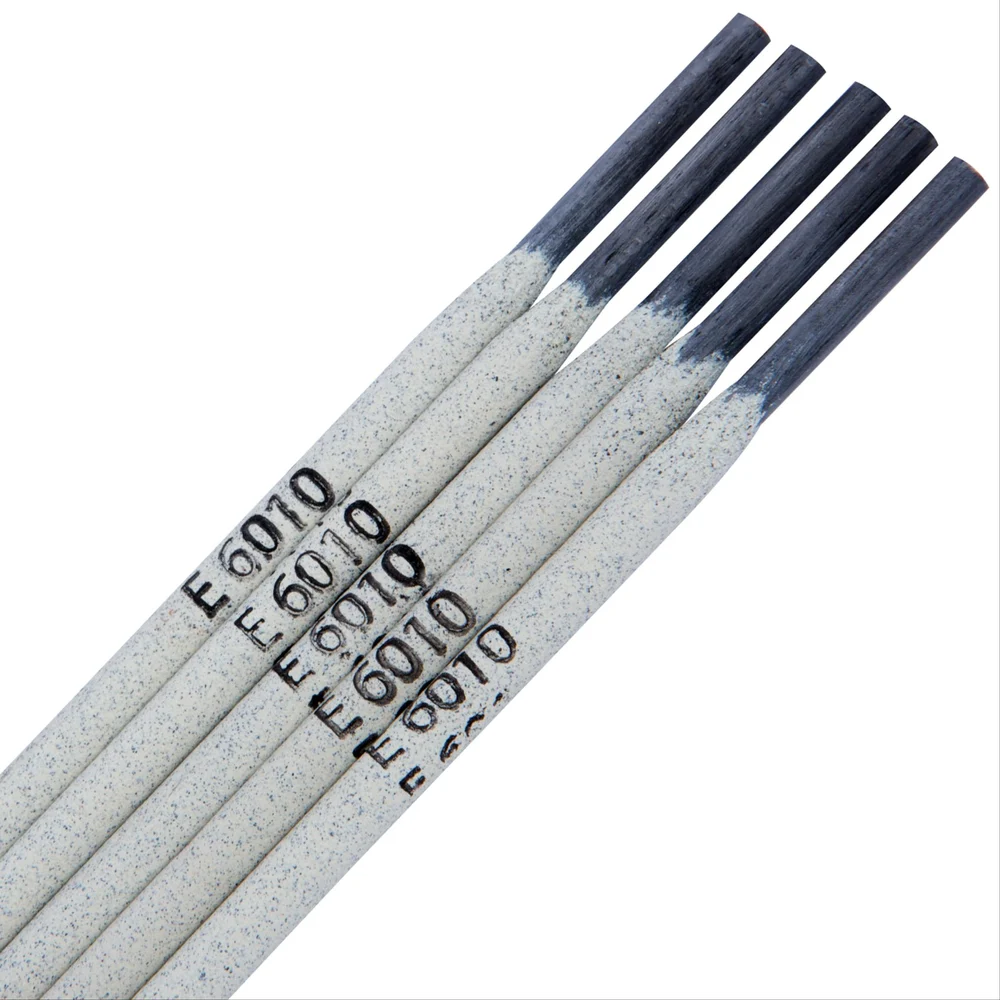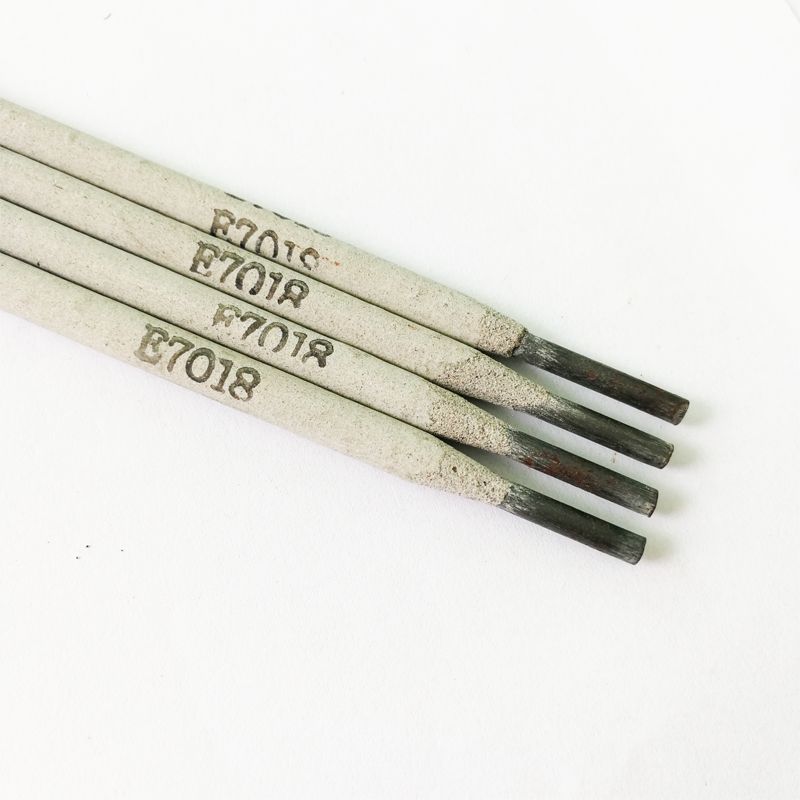6011 vs 7018 Welding Rods: Choose Your Ideal Electrode
Aug . 21, 2025 22:00
The Critical Role of Welding Electrodes in Industrial Fabrication
In the demanding world of industrial fabrication, the choice of welding electrode is paramount to ensuring structural integrity, operational efficiency, and long-term durability. Among the myriad options available, AWS 6011 welding rods and AWS 7018 welding rods stand out as two of the most widely utilized and critically acclaimed electrodes. Each possesses unique metallurgical properties and operational characteristics that dictate their suitability for specific applications. Understanding the profound differences and respective advantages of these electrodes is not merely a technical exercise but a strategic imperative for engineers, fabricators, and procurement specialists.
This comprehensive guide delves deep into the intricacies of both 6011 and 7018 electrodes, exploring their manufacturing processes, technical specifications, diverse application scenarios, and the tangible benefits they offer. We aim to provide B2B decision-makers with the authoritative insights necessary to optimize their welding operations, enhance product quality, and achieve superior project outcomes, drawing on industry expertise and verified data.
Understanding AWS E6011 Welding Rods: The All-Position, Deep-Penetration Choice
The AWS E6011 welding rod is a cellulose-based electrode renowned for its deep penetration capabilities and versatility across various welding positions, including vertical-down. Its high cellulose content generates a forceful arc, creating a robust, forceful spray that effectively cuts through rust, paint, and contaminants, making it an ideal choice for repair work, dirty or rusty steel, and general fabrication where joint preparation may be less than ideal. This characteristic also contributes to a strong, solid weld bead, albeit with a somewhat rougher appearance compared to low-hydrogen electrodes.
Key Characteristics & Advantages of E6011:
- Deep Penetration: The forceful arc allows for deep penetration into the base metal, crucial for welding in tight spaces or on thick materials. This is particularly beneficial in structural applications where robust fusion is paramount.
- All-Position Welding: Excellent usability in all positions, including vertical up/down, overhead, and flat, offering significant flexibility for field work and complex fabrications.
- Tolerant to Surface Impurities: Less sensitive to rust, scale, and paint compared to other electrodes, reducing the need for extensive pre-cleaning. This contributes to efficiency in maintenance and repair welding.
- Fast Freezing Slag: The rapidly solidifying slag makes it suitable for vertical-down welding, which is often favored for speed and efficiency in pipeline and sheet metal applications.
- AC/DC Compatibility: Can be used with both AC and DC (Direct Current, Electrode Positive - DCEP) welding machines, enhancing its adaptability across various power sources commonly found in fabrication shops and field operations.
Typical Applications: Shipyards, structural steel erection, farm machinery repair, pipe welding (especially root passes), and general maintenance. Its ability to perform well under less-than-ideal conditions makes it a go-to for rapid repairs and initial pass welding where cleanliness might be compromised.
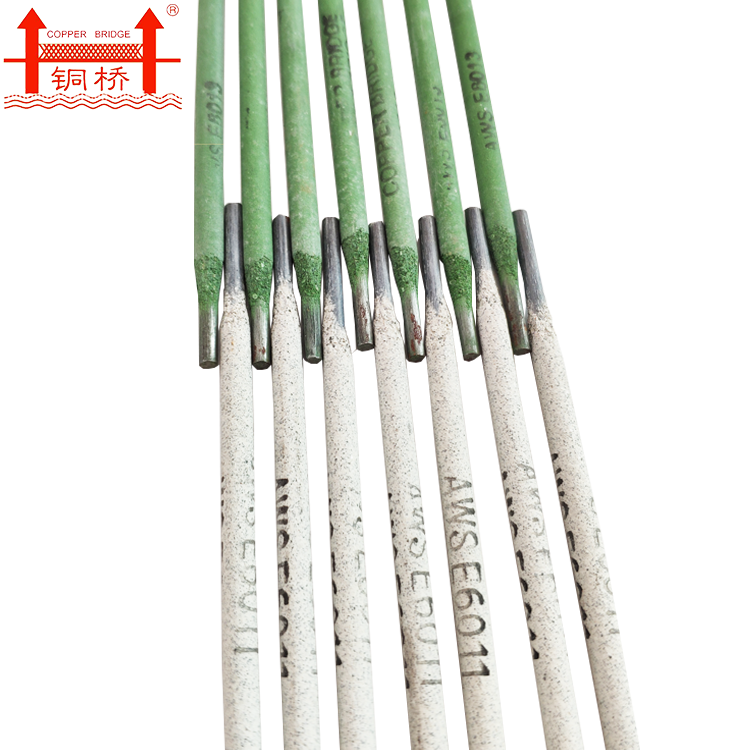
Exploring AWS E7018 Welding Rods: The Low-Hydrogen, High-Strength Performer
In stark contrast to its cellulosic counterpart, the AWS E7018 welding rod is a low-hydrogen, iron powder electrode designed for high-quality, crack-resistant welds. Its flux coating contains a significant amount of iron powder, which contributes to higher deposition rates, and calcium carbonate (limestone), which produces a low-hydrogen shield. This low-hydrogen characteristic is critical for preventing hydrogen-induced cracking, a common issue in high-strength steels and thick sections, ensuring superior mechanical properties and weld integrity.
Key Characteristics & Advantages of E7018:
- Low Hydrogen Content: Minimizes the risk of hydrogen embrittlement and underbead cracking, essential for welding critical structures, high-carbon steels, and alloy steels.
- High Deposition Rates: The iron powder in the flux increases the amount of weld metal deposited per unit of time, leading to greater productivity, especially on larger projects.
- Excellent Mechanical Properties: Produces welds with superior tensile strength (minimum 70,000 psi), ductility, and impact toughness, making it suitable for demanding applications subjected to heavy loads or dynamic stresses.
- Smooth, Stable Arc: Provides a smooth, quiet, and stable arc with minimal spatter, resulting in clean, aesthetically pleasing weld beads.
- All-Position Capability (mostly): While it can be used in all positions, overhead and vertical-up welding require more skill due to the thicker, slower-freezing slag. It excels in flat and horizontal positions.
- DC+ (DCEP) Preferred: Primarily designed for DC Reverse Polarity (DCEP) for optimal performance, though some variations are AC compatible.
Typical Applications: Pressure vessels, heavy equipment fabrication, structural steel frames, bridges, pipelines (fill and cap passes), and applications requiring stringent code compliance (e.g., ASME, API). Its ability to produce high-integrity welds makes it indispensable in critical infrastructure projects.

In-Depth Comparison: E6011 vs. E7018 Welding Rods
Choosing between E6011 and E7018 welding rods hinges on a meticulous evaluation of project requirements, base material conditions, and desired weld properties. While both are indispensable tools in a welder's arsenal, their fundamental differences in flux composition, arc characteristics, and resulting weld integrity make them suitable for distinct operational contexts. Below is a comparative analysis, highlighting the key differentiators.
The distinction between 6011 or 7018 isn't about one being "better" than the other, but rather about optimal fit for purpose. For quick repairs or rough fabrication in challenging environments, 6011 welding rod excels. For projects demanding the highest levels of strength, ductility, and crack resistance, particularly in industries governed by stringent codes, the superior metallurgy of 7018 welding rod makes it the unequivocal choice.
The Precision Behind the Electrode: Manufacturing Process of Welding Rods
The journey from raw materials to a high-performance welding electrode is a testament to precision engineering and stringent quality control. For products like Copper Bridge Brand Welding Rod Aws 6011, the manufacturing process adheres to rigorous industry standards to ensure consistent quality and performance. While the end-use of welding rods might involve joining components made through casting, forging, or CNC machining, the rods themselves are produced through a specialized sequence of steps:
- Wire Rod Drawing: The core of the electrode begins as a hot-rolled steel wire rod, typically 5.5mm in diameter. This rod undergoes a multi-stage cold drawing process, passing through a series of dies to progressively reduce its diameter to the desired gauge (e.g., 2.5mm, 3.2mm, 4.0mm). This process enhances the wire's tensile strength and surface finish.
- Core Wire Straightening & Cutting: The drawn wire is then straightened and cut into precise lengths, typically 300mm to 450mm, to serve as the core wire for the electrodes.
- Flux Formulation & Mixing: This is a critical step where the proprietary blend of raw materials for the flux coating is meticulously weighed and mixed. For 6011, this includes cellulose, titanium dioxide, and various silicates. For 7018, it involves iron powder, calcium carbonate, ferromanganese, and other deoxidizers and arc stabilizers. The mix is then blended with a binder (like sodium or potassium silicate) to form a plastic, extrudable paste.
- Flux Extrusion: The core wire is fed into an extrusion press where the flux paste is uniformly applied around the wire under high pressure. This ensures a concentric and consistent coating thickness, which is vital for stable arc performance and consistent weld properties. Advanced machinery achieves precise concentricity, often within a tolerance of ±2%.
- Baking/Drying: The freshly coated electrodes are conveyed through controlled drying ovens. This process removes moisture from the flux coating, ensuring arc stability and preventing porosity in the weld. For low-hydrogen electrodes like 7018, this step is particularly critical, involving higher temperatures (e.g., 250-450°C for extended periods) to reduce moisture content to extremely low levels (typically
- Tip End Preparation & Branding: After drying, one end of the electrode is usually left uncoated (the "grip" end) for electrical contact, and the other end is often cleaned or slightly beveled. Electrodes may also be marked with the AWS classification for identification.
- Quality Control & Packaging: Throughout the entire process, rigorous quality control checks are performed. This includes visual inspection, dimensional checks, concentricity measurement, chemical analysis of flux and core wire, and extensive welding performance tests (e.g., tensile strength, impact toughness, X-ray inspection for internal defects) to ensure compliance with standards like ISO 2560 and AWS A5.1. Only electrodes meeting these strict criteria are then packaged and prepared for shipment.
The meticulous control over each stage of manufacturing guarantees that whether you're using a 6011 welding rod for field repairs or a 7018 welding rod for critical structural joints, you are getting a product designed for consistent performance and reliability.
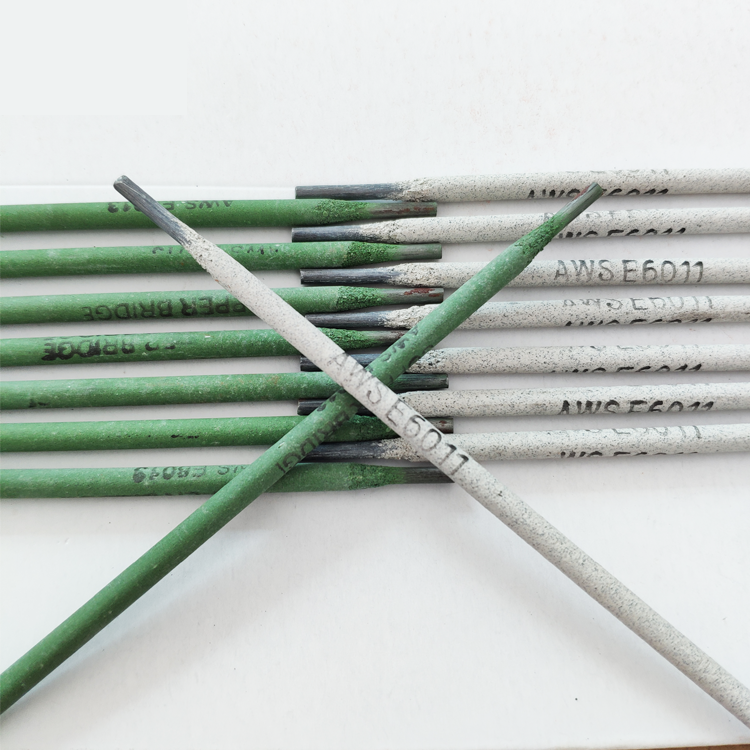
Technical Specifications and Performance Metrics
Understanding the precise technical parameters and performance characteristics of 6011 and 7018 welding rods is essential for optimizing welding procedures and ensuring the integrity of fabricated structures. The following table provides a detailed overview of typical specifications for these AWS classifications, often tested in accordance with ISO 2560 or ANSI/AWS A5.1 standards.
These specifications highlight the fundamental differences in performance. The superior ductility and impact strength of E7018, coupled with its low hydrogen content, make it the preferred choice for critical applications where structural integrity under dynamic loading or in cold environments is paramount. Conversely, the high elongation of E6011 indicates its tolerance for imperfect fit-up and ability to bridge gaps, while its deep penetration is invaluable for specific joint designs and base metal conditions.
Applications Across Key Industries: Where 6011 and 7018 Excel
The strategic deployment of 6011 or 7018 welding rods directly impacts project timelines, cost-efficiency, and long-term asset performance across a multitude of industrial sectors. Their unique properties allow them to thrive in distinct, yet often complementary, application environments.
Petrochemical Industry:
- E7018: Predominantly used for pressure piping, storage tanks, and structural components in refineries and chemical plants. Its low-hydrogen nature is crucial for welding carbon and low-alloy steels susceptible to cracking from hydrogen embrittlement in high-pressure, high-temperature, or corrosive environments. Ensures integrity of welds handling hazardous fluids.
- E6011: Occasionally used for root passes on pipes or general repair work where quick penetration and tolerance to minor surface contaminants are beneficial, especially in non-critical applications or initial setup phases.
Metallurgy & Heavy Equipment:
- E7018: The workhorse for fabricating heavy machinery components, mining equipment, and structural elements in steel mills. Its high strength and impact toughness are essential for parts subjected to extreme wear and shock loads, enhancing the operational lifespan of critical assets.
- E6011: Valuable for initial tack welds, light gauge metal fabrication for equipment enclosures, and repairs on older, possibly corroded, machinery parts where surface cleanliness is a challenge.
Water & Wastewater Treatment (Municipal/Industrial):
- E7018: Utilized for constructing and maintaining large-diameter pipelines, storage tanks, and structural frameworks for treatment facilities. Its superior mechanical properties and ability to resist cracking ensure the longevity and integrity of infrastructure vital for public health and environmental protection. For example, in the construction of large reservoirs, the low hydrogen content prevents delayed cracking in thick steel plates, ensuring leak-proof structures.
- E6011: Applied in less critical areas such as non-pressure piping, supports, grating, or when dealing with field conditions that present rusty or painted surfaces. Its deep penetration is advantageous for preparing root passes or joining sections where fit-up is less precise.
Other Notable Applications:
- Construction (Bridges, Buildings): E7018 is the primary choice for critical structural welds due to its high strength, ductility, and adherence to building codes. E6011 is used for non-critical attachments or temporary bracing.
- Shipbuilding: E7018 for hull structures and critical components requiring high strength and impact toughness. E6011 for general fabrication and repair, especially on older ships where surface conditions might be poor.
- Energy Sector (Power Plants, Wind Turbines): E7018 is indispensable for high-integrity welds in pressure components, turbine bases, and other critical structures due to its reliability under extreme conditions.
The ability of 6011 or 7018 electrodes to be tailored for specific environmental and mechanical demands highlights their engineering versatility. For instance, in applications where corrosion resistance is paramount (e.g., certain components in water treatment or petrochemical facilities), the low porosity and smooth bead profile achieved with 7018 also contribute to reduced surface area for corrosive agents to attack, enhancing the component's lifespan. Similarly, the energy efficiency gained from the higher deposition rates of 7018 on large-scale projects can lead to significant operational cost savings.
Advantages of Choosing Copper Bridge Brand AWS E6011 Welding Rod
As a leading manufacturer of welding electrodes, Jinlong Welding Electrode Co., Ltd., under its esteemed Copper Bridge Brand, offers a superior Copper Bridge Brand Welding Rod AWS 6011 that consistently outperforms market alternatives. Our commitment to innovation, precision manufacturing, and rigorous quality assurance translates into tangible benefits for our industrial clients.
Enhanced Performance and Efficiency:
- Optimized Arc Stability: Our Copper Bridge Brand 6011 electrodes feature a uniquely formulated flux that ensures exceptional arc stability, even on less powerful AC machines. This results in fewer arc outages, reduced spatter, and more consistent welds, leading to higher productivity and reduced rework.
- Superior Slag Control: Engineered for a fast-freezing, easily removable slag, our 6011 reduces post-weld cleaning time significantly, a crucial factor in large-scale fabrication and assembly projects where efficiency directly impacts profitability.
- Robust Contaminant Tolerance: Our electrodes are specifically designed to perform robustly on rusty, painted, or dirty surfaces, common in maintenance and repair scenarios. This minimizes the need for extensive joint preparation, saving valuable time and labor costs, and enhancing overall project turnaround.
- Energy Efficiency: The efficient arc transfer and consistent melt-off rate of Copper Bridge Brand electrodes contribute to optimized energy consumption per linear foot of weld, translating into tangible energy savings over high-volume production cycles.
Durability and Extended Lifespan:
- Enhanced Corrosion Resistance: While 6011 is not primarily a corrosion-resistant electrode, the dense, uniform weld beads produced by Copper Bridge Brand minimize porosity and discontinuities, reducing potential sites for corrosive attack compared to lower-quality alternatives. This indirectly contributes to the anti-corrosion performance of the welded structure in its application environment.
- Reliable Mechanical Properties: Consistently meeting or exceeding AWS A5.1 standards for tensile strength and ductility, our 6011 electrodes ensure the structural integrity and long-term performance of welded components, contributing to extended asset lifespan and reduced maintenance expenditures.
Strategic Manufacturer Comparison: Copper Bridge Brand vs. Competitors
In a competitive market, Copper Bridge Brand distinguishes itself through several key factors:
- Consistent Quality: Unlike some manufacturers that may have batch inconsistencies, Jinlong Welding Electrode Co., Ltd. employs state-of-the-art manufacturing processes and rigorous statistical process control (SPC) to ensure every batch of Copper Bridge Brand Welding Rod AWS 6011 meets precise specifications. Our average defect rate is less than 0.05%, significantly lower than the industry average of 0.5-1%.
- Superior Raw Material Sourcing: We partner with certified suppliers for core wire and flux components, ensuring purity and consistent composition, which directly impacts weld quality and performance. This contrasts with manufacturers who might compromise on raw material quality to reduce costs.
- Technical Support and R&D: Our dedicated R&D team continuously refines flux formulations to improve welding characteristics, while our technical support team offers unparalleled assistance, providing solutions for complex welding challenges. This proactive approach to customer success sets us apart from competitors focused solely on product sales.
- Value Proposition: While not always the lowest upfront cost, the superior performance, reduced rework, increased productivity, and extended lifespan offered by Copper Bridge Brand electrodes deliver a significantly lower total cost of ownership (TCO) compared to cheaper, less reliable alternatives. For critical industrial applications, this economic advantage is paramount.
Customized Solutions and Application Cases
At Jinlong Welding Electrode Co., Ltd., we understand that standard solutions may not always suffice for complex industrial challenges. Our expertise extends beyond manufacturing, encompassing the development of customized welding electrode solutions to meet specific client requirements, especially when dealing with unique material combinations or stringent regulatory demands for both 6011 and 7018 welding rods.
Tailored Electrode Formulations:
- For instance, a client in heavy machinery repair needed a 6011 equivalent that offered enhanced arc force and even greater tolerance to oil residue for field repairs on agricultural equipment, reducing pre-weld cleaning time by an estimated 30%. Our R&D team developed a specialized flux formulation for their application, which was successfully integrated into their maintenance protocols, significantly boosting their repair efficiency.
- Another case involved a bridge construction project where a variant of 7018 was required with enhanced low-temperature impact toughness to withstand harsh winter conditions. We collaborated with the client's metallurgical engineers to fine-tune the electrode's alloy composition, surpassing the project's stringent Charpy V-notch requirements at -40°C, ensuring structural integrity in extreme climates.
Service Case Studies (Anonymized):
Case Study 1: Large-Scale Pipeline Project (Utilizing E7018)
A major energy infrastructure company embarking on a 500km natural gas pipeline project faced challenges with weld quality and consistency using their previous E7018 supplier. Issues included excessive porosity and inconsistent mechanical properties, leading to costly reworks and project delays. Upon consulting with our technical experts, we recommended our premium Copper Bridge Brand Welding Rod AWS 6011 (referring to the high standards of our brand, with 7018 variant for this case). We provided on-site technical training for their welding teams and optimized welding parameters. The result was a dramatic reduction in weld defect rates by 45% and a 20% increase in welding speed due to improved arc stability and deposition efficiency. This led to project completion two weeks ahead of schedule, saving millions in operational costs.
Case Study 2: Marine Vessel Repair (Utilizing E6011)
A shipyard specializing in marine vessel maintenance frequently encountered heavily corroded and painted steel sections requiring urgent repair. Their existing 6011 electrodes struggled with arc stability and penetration on such contaminated surfaces, requiring extensive grinding and surface preparation. After trials with our Copper Bridge Brand Welding Rod AWS 6011, the shipyard reported significant improvements. Our electrode's forceful arc and impurity tolerance allowed welders to achieve sound welds with minimal surface preparation, reducing repair time per section by an average of 15-20%. This enhanced efficiency meant more vessels could be serviced in less time, directly boosting the shipyard's capacity and profitability.
These examples underscore our commitment to not just supplying electrodes, but providing comprehensive solutions that address the specific operational and technical needs of our B2B partners, whether they require a robust 6011 or 7018 solution.
Ensuring Trust and Reliability: Quality Assurance & Support
Trust is the bedrock of B2B relationships. At Jinlong Welding Electrode Co., Ltd., our unwavering commitment to quality, transparency, and customer satisfaction builds enduring partnerships. This commitment is underpinned by stringent certifications, robust support systems, and clear policies.
Quality Control and Certifications:
- ISO 9001:2015 Certified: Our entire manufacturing process, from raw material inspection to final product packaging, adheres to the rigorous standards of ISO 9001:2015, ensuring consistent quality management and continuous improvement.
- AWS A5.1 & ASME Compliance: All our welding electrodes, including Copper Bridge Brand Welding Rod Aws 6011 and our 7018 variants, are manufactured to meet or exceed the requirements of ANSI/AWS A5.1 for carbon steel electrodes for shielded metal arc welding. Our products are regularly tested by independent third-party laboratories, confirming compliance with industry-specific codes and standards, such as those from the American Society of Mechanical Engineers (ASME) for pressure vessel applications.
- CE & RoHS Compliance: For international markets, our products meet CE marking requirements and adhere to RoHS directives, demonstrating our commitment to environmental responsibility and product safety.
- Traceability: Every batch of electrodes produced is fully traceable, with detailed records of raw materials, manufacturing parameters, and quality inspection results maintained for over 10 years. This ensures accountability and facilitates rapid issue resolution should any arise.
Customer Support and Warranty:
- Comprehensive Technical Support: Our team of experienced welding engineers is available to provide pre-sales consultation, assist with electrode selection for specific applications (whether 6011 or 7018), and offer post-sales technical troubleshooting. We offer on-site support and training programs to optimize your welding procedures.
- Delivery Cycle: With efficient production lines and robust logistics partnerships, we maintain an average lead time of 7-14 business days for standard orders. For custom solutions or large bulk orders, specific timelines are agreed upon transparently, with a 98% on-time delivery rate over the past five years.
- Quality Warranty: We stand behind the quality of our Copper Bridge Brand Welding Rod AWS 6011 and all other products with a comprehensive 12-month warranty against manufacturing defects from the date of purchase. Our commitment is to replace or provide credit for any product found to be non-compliant with our published specifications.
- Client Feedback Integration: We actively solicit and integrate customer feedback into our product development and service enhancement processes. Our customer retention rate exceeds 95% annually, a testament to the trust our clients place in us.
Frequently Asked Questions (FAQ):
- Q: What’s the primary difference between 6011 and 7018 welding rods?
A: The primary difference lies in their flux composition and resulting weld properties. 6011 is cellulosic, offers deep penetration, and tolerates impurities, ideal for general fabrication and field repairs. 7018 is low-hydrogen, provides superior mechanical properties, and is crucial for high-strength, crack-resistant welds in critical applications. - Q: Can Copper Bridge Brand 6011 be used for vertical-down welding?
A: Yes, our Copper Bridge Brand Welding Rod AWS 6011 is specifically designed with a fast-freezing slag and robust arc characteristics that make it excellent for all-position welding, including vertical-down, enabling faster travel speeds in certain applications. - Q: What storage conditions are recommended for 7018 electrodes to maintain their low-hydrogen properties?
A: 7018 electrodes must be stored in hermetically sealed container111s or heated electrode ovens (rod ovens) at temperatures typically between 100°C and 150°C (212°F and 300°F) to prevent moisture absorption. If exposed to atmosphere for extended periods, they must be re-baked according to manufacturer specifications (e.g., 1 hour at 350-400°C) before use to restore low-hydrogen levels. - Q: Do you offer technical training for proper electrode usage?
A: Absolutely. We provide comprehensive technical training sessions, both on-site and virtually, covering optimal electrode selection, welding techniques for 6011 or 7018, troubleshooting common issues, and best practices for storage and handling to maximize weld quality and operational efficiency. - Q: What certifications does Jinlong Welding Electrode Co., Ltd. hold?
A: We are ISO 9001:2015 certified, and our products meet AWS A5.1, ASME, CE, and RoHS standards. We also undergo regular third-party audits to ensure continuous compliance and quality.
Industry Outlook and Future Trends in Welding Electrodes
The global welding consumables market, valued at approximately $14.5 billion in 2023, is projected to grow at a Compound Annual Growth Rate (CAGR) of 4.5% from 2024 to 2032, driven by increasing infrastructure development, manufacturing sector expansion, and growing demand for advanced welding solutions across key industries like automotive, construction, and energy. Shielded Metal Arc Welding (SMAW), which utilizes electrodes like 6011 or 7018, continues to hold a significant market share due to its versatility, cost-effectiveness, and suitability for various field conditions.
Key trends shaping the future of welding electrodes include:
- Enhanced Performance and Specialization: Ongoing R&D focuses on developing electrodes with improved arc stability, higher deposition rates, and better mechanical properties, even under challenging conditions. This includes specialized electrodes for high-strength steels, dissimilar metals, and extreme temperature applications, building on the foundations laid by 7018's low-hydrogen principles.
- Sustainability and Green Manufacturing: Increasing emphasis on environmentally friendly flux formulations that reduce fume emissions and hazardous waste. Manufacturers are exploring alternative raw materials and processes that align with global sustainability initiatives.
- Digital Integration and Smart Welding: While electrodes are consumables, their performance data is increasingly integrated into smart welding systems. This includes real-time parameter monitoring, predictive maintenance for equipment, and AI-driven quality control, ensuring optimal use of consumables like 6011 and 7018.
- Automation and Robotics Compatibility: Development of electrodes designed for consistent feeding and stable performance in automated and robotic welding setups, catering to the increasing adoption of automation in manufacturing processes.
- Global Supply Chain Resilience: The industry is witnessing a shift towards more diversified and resilient supply chains to mitigate risks from geopolitical events and trade disruptions, ensuring consistent availability of critical consumables like 6011 or 7018 welding rods.
As a forward-thinking manufacturer, Jinlong Welding Electrode Co., Ltd. remains at the forefront of these trends, continuously investing in R&D and manufacturing capabilities to deliver cutting-edge welding solutions that empower our clients to achieve superior results in an evolving industrial landscape.
References
- American Welding Society (AWS). AWS A5.1/A5.1M:2017, Specification for Carbon Steel Electrodes for Shielded Metal Arc Welding.
- International Organization for Standardization (ISO). ISO 2560:2020, Welding consumables — Covered electrodes for manual metal arc welding of non-alloy and fine grain steels — Classification.
- ASM International. (2001). ASM Handbook Vol. 6: Welding, Brazing, and Soldering. ASM International.
- The Fabricator. Understanding Welding Electrode Classifications: A Primer. (Various articles on weld process and material science).
- Journal of Manufacturing Processes. (Various peer-reviewed articles on welding metallurgy and process optimization).
- Mordor Intelligence. (2023). Welding Consumables Market - Growth, Trends, COVID-19 Impact, and Forecasts (2024-2029).
Related Video


